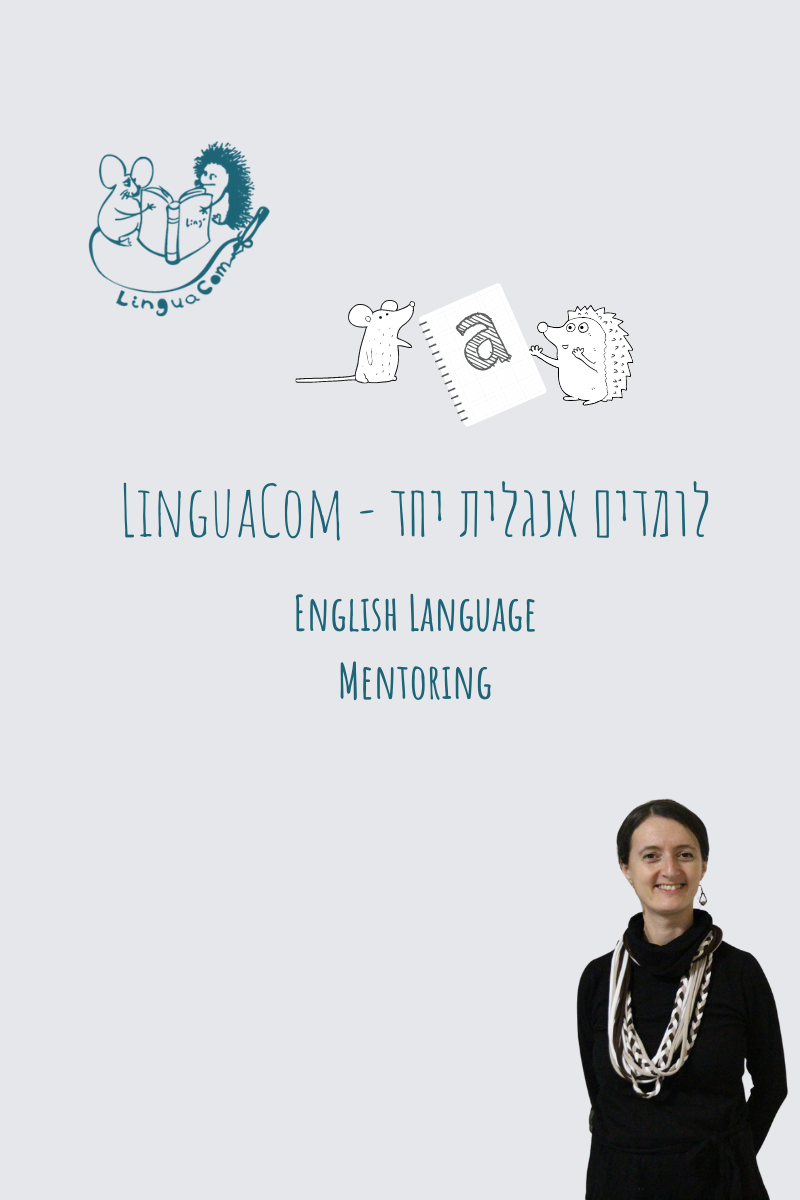or
How can the 'real world' be incorporated into assessment ?
Portfolio work
Image courtesy of KROMKRATHOG at FreeDigitalPhotos.net
A 'real world' assessment is an assessment adjusted to your students' everyday/professional experience. It is supposed to indicate the odds to succeed in their current or desired environment. Therefore, it should not be separate from the learning process, but rather an integral part of it. This is the reason why I am a big fan of using portfolio instead of standardized tests. However, I am aware that it significantly increases teachers' workload, so it suits best for small groups and individual lessons.
So what is the assessment process like?
It is very much like a ping-pong game between the students and the teacher. To illustrate my point I would like to list the steps of such process and a case description.
1) Defining our goals.
Detecting the student's needs at this point, as well as what are the student's goals. My way to do it is to perform a "case study", questioning the student about his/her priorities, likes and dislikes, professional background and plans, etc.
Example: A 24-year-old student has just got a new job in the programming field. His position requires frequent communications with the English-speaking management as well as performing marketing presentations for the potential clients of the company. His English is intermediate, and his goal is to become a fluent speaker and an effective presenter. He needs a boost in grammar and lots of pronunciation training as well as presentation skills.
2) Choosing focus
Finding specific grammar, reading, speaking and writing topics that are most relevant to your student.Example:
- Grammar: parts of speech, the use of gerund and infinitive, some tenses, punctuation and paragraph structure. While learning tenses I emphasize their practical application, such as using the Present Simple in technical manuals and Present Continuous in resumes, etc.
- Reading: IT-related articles, technical manuals and marketing texts.
- Speaking: practicing phone conversation, marketing presentation
- Writing: creating a marketing presentation, a resume and a LinkedIn profile.
3) Making a task list
Choosing specific tasks that need to be accomplished in order to reach the goals.
Example: in our case we chose certain grammar exercises, a set of IT-related texts (reading comprehension tasks), vocabulary tests, listening comprehension, resume and profile-writing.
4) Creating a professional portfolio
The above tasks should be done, edited, reviewed, and fine-tuned together with the teacher until they correspond to the existing standards. All the accomplished tasks should be enclosed to the student's portfolio to serve them as reference material in their professional life. Speaking tasks can be recorded, reviewed and discussed.
Example:
A writing and speaking task:
- The student writes a marketing presentation of a product he wishes / needs to market.
- Together with the teacher, the presentation is edited and all the grammatical issues discussed.
- The student makes necessary corrections and adds more information.
- The teacher and the student double-check all the information.
- The student and the teacher write and edit notes to the presentation.
- The student presents and the teacher records it and makes notes.
- The recording is reviewed using the teacher's notes, mistakes are corrected.
- The student records several takes, until the necessary result is achieved.
5) Grading
Each task should be assigned a coefficient of importance, and constitute a certain percent of an overall grade.
For a sample portfolio grading page, click HERE.
If done properly, the portfolio will help the students immensely in their work, which is, in fact, the ultimate goal of teaching adults.
Enjoy your teaching and sign up for the blog to get the newest updates!
Image courtesy of © Tanya Rozanes Olevsky. Licensed exclusively to LinguaCom.





